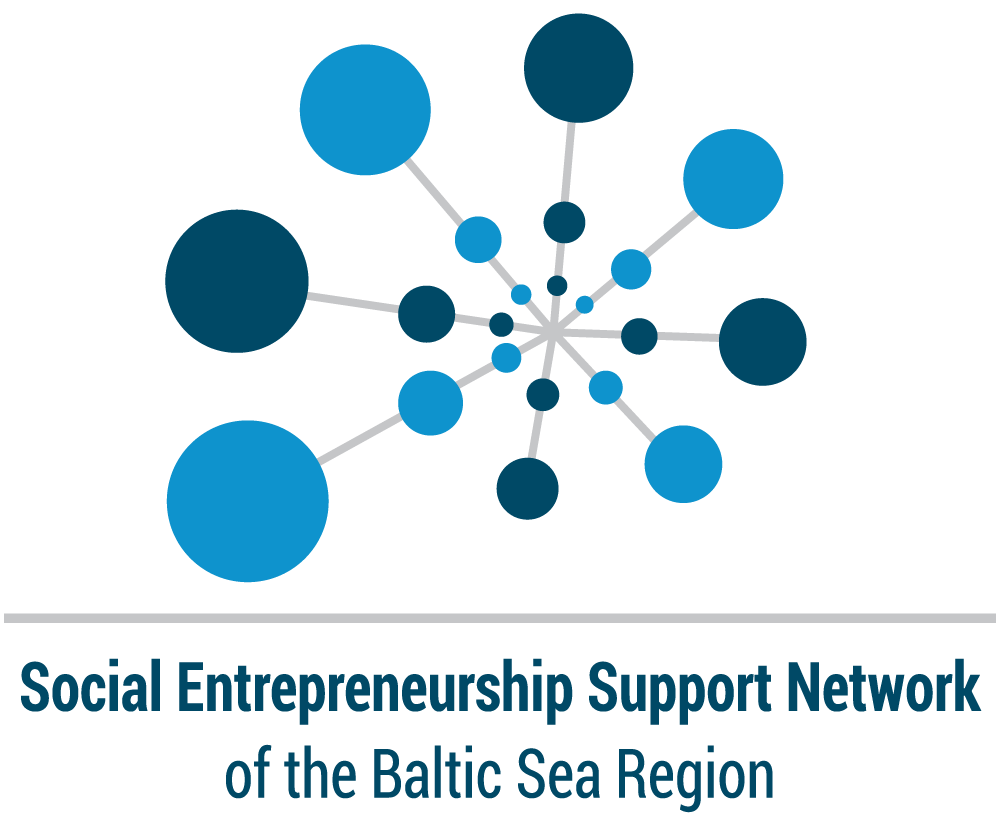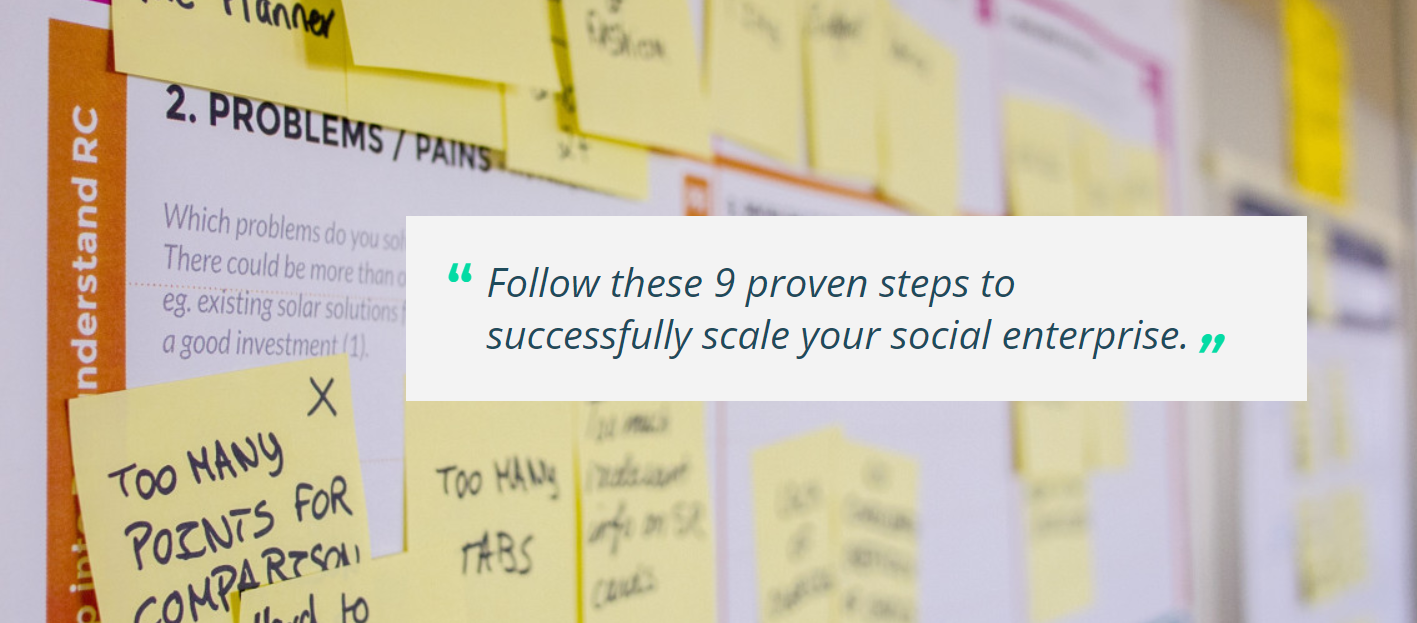When creating a social enterprise one of the aspects that need to be considered is the ability of your target customers to pay. This question is, of course, present also when launching a regular business, but taking into consideration the often very specific target audience of a social enterprise, it is especially relevant for those businesses who aim to create a social impact.
The article Creative Social Enterprise Business Model Ideas: 10 Ways to Address Affordability by Danielle Sutton (Available at https://www.plusacumen.org/journal/creative-social-enterprise-business-model-ideas-10-ways-address-affordability) suggests several creative ways and methods to think about if you are experiencing such challenges when creating your social enterprise. It highlights 5 most important questions to focus on: what you offer, who pays for it, when they pay, where you focus in the value chain and how you decide to grow.
When thinking about what you offer a very good suggestion is to cross-subsidize your offers: not all of your goods or services will create the same amount of revenue, therefore a good idea to take into consideration could be to use profits from more commercial goods or services to subsidize the ones that are not able to create such profit, but have a good social impact. Another idea to think about is the possible alternatives – if the price that you are asking is too high for your target audience, you should reconsider if there aren’t any alternative ways to produce, to get resources or raw materials – maybe instead of buying you can lease, borrow or think of another alternative way how to reduce the final price of the product or service so that it would become more affordable for your target customer.
The cross-subsidization is a valuable idea also when considering who pays. There are several companies that have chosen this path – using the profits for selling products to customers with higher ability to pay and then investing this profit to create the products or services with the desired social impact in the lower-income customer segment. While it may seem as not the best idea at first, it could also be valuable to consider the involvement of a third party to pay on behalf of the target customer that you are trying to reach. If you are creating goods or services for customers with very low income, in some cases private businesses, government institutions or NGOs may be interested to pay for your production to provide for the at-risk target groups in the framework of their social or philanthropic missions or corporate social responsibility initiatives.
Another key question that all social entrepreneurs should focus on is when they (customers) pay. If you are experiencing challenges with your target customer’s ability to pay, you can also think about flexible repayment options – in some cases, customers will not have sufficient funds to pay for the product or service on the spot. By offering an opportunity to divide the payment into parts you can ensure a much bigger group of customers that would choose your product or service. Moreover, pay-as-you-go opportunities or finding financing possibilities are also options that would help to empower your target customers and increase their abilities to use the products or services. The first would allow the customers to use the product or service only to the extent that they can afford at that particular moment while the second option creates an opportunity for customers to make bigger purchases by borrowing money from third-party lending institutions that you have partnered with.
A form of cos-subsidization is also relevant when thinking about where you focus in the value chain. Not all steps in the process of your business are generating equal profits – manufacturing, sales, delivery or after-sales service may produce varying profits. Money from very profitable processes can, therefore, be invested within those that are not generating so much profit but have great social impact. What is more, when thinking about scaling up your business or how you decide to grow social enterprises may relay not only on their own business profits but seek for philanthropic donations or grants that would help the company to grow and expand the social impact business.
While there are many similarities between the regular businesses and social enterprises in terms of business organization and sales, there nevertheless are also significant differences between those forms of entrepreneurship. There are several possible solutions for the gap between the price and the target customer’s ability to pay – while keeping in mind the main goal of the business – the desired social impact – social entrepreneurs should seek for creative ways and already available support to overcome such challenges.















Leave A Comment